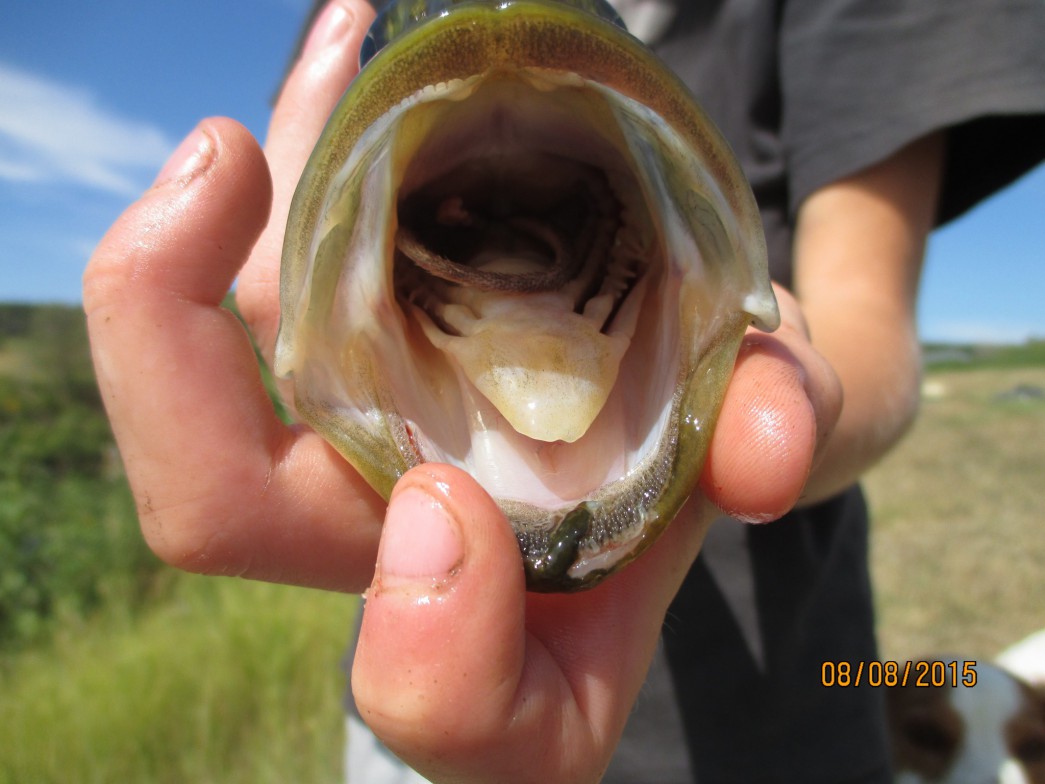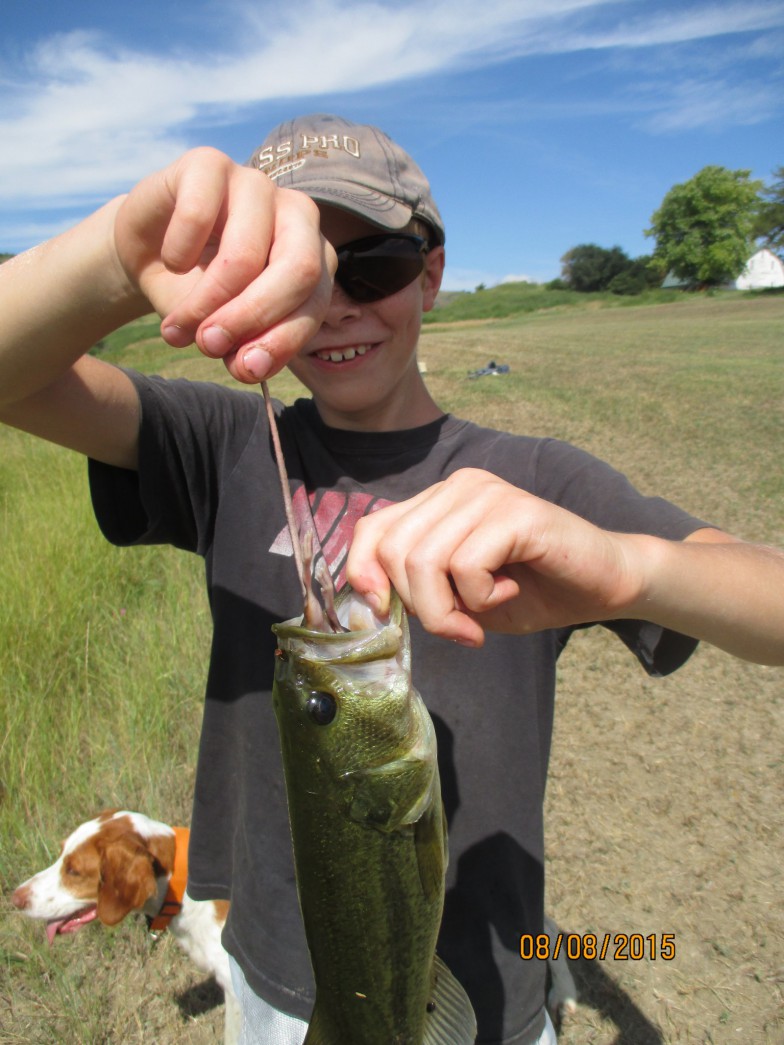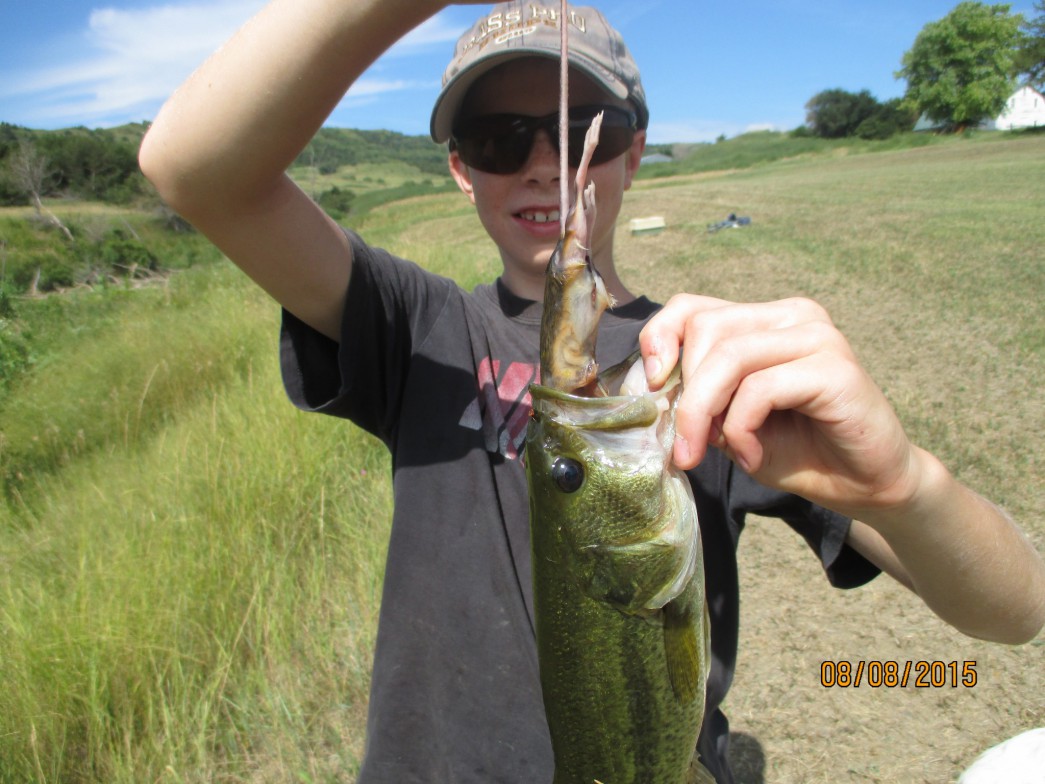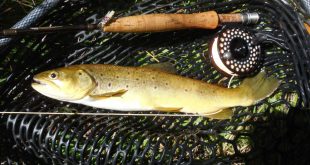It is Friday, quick blog post today, returning to one of my favorite subjects–predator/prey interactions!
A co-worker sent me some photos this week of a largemouth bass his son caught recently. Take a close look at this first photo and see if you can guess what that bass recently ate, look deep in the throat:
Cannot tell? Here is more of a clue:
If you have not been “grossed out” yet, this will give it away:
You may think that is disgusting, but this pointy-headed fish biologist and avid angler thinks it is really cool!
I personally have seen a smallmouth bass with a mouse in its belly, but that particular rodent in the photos has been confirmed by a wildlife biologist here at Game & Parks to be a kangaroo rat. I believe Ord’s kangaroo rats, Dipodomys ordi, are native to our Great Plains part of the world. I have seen kangaroo rats in the Nebraska sandhills, remember my mother trying to catch them in the headlights of our car years ago, but have never seen them near water. I am very sure that largemouth bass did not squirm up into the prairie to grab a kangaroo rat, so apparently the rat went for a swim and got ate.
I believe the whole fish/mammal, predator/prey interaction occurs much more frequently than some might suspect. Small mammals swimming on the surface of the water are a relatively easy target for any predator fish and those fish may not necessarily be as large as you might suspect. Any fish able to get a mammal in their mouth and down their throat would gain a significant benefit of calories and nutrition from consuming that furry prey item. That would be smart optimal foraging theory in action! Any place where small mammal habitat and aquatic habitat interfaces would be a likely spot for some furries to get chomped. Small pits and ponds here on the plains are a likely spot, so are wetlands and sandhill lakes, and trout streams and rivers are closely intertwined with their adjacent terrestrial habitat. In fact, if this whole rodent/fish thing intrigues, here are a couple of videos I really like:
As you can see in that last video, fly anglers can take advantage of the mammal/fish interaction with a variety of deer hair “mouse” patterns. If you are a fly-tier, do not worry how purdy your deer hair mouse creations look, the fish do not care. My attempts at tying deer hair mice have always ended looking “ratty”.
There are some other mouse baits on the market for those of you who do not cast a fly rod. LiveTarget Lures has one of the best of those:
And of course you know if it is an extreme predator/prey relationship, the muskie sticks are all over it, Spro Musky Rats at Rollie & Helen’s Musky Shop.
If you are sympathetic to Fievel Mousekewitz, tell him to stay out of the water!
Have a great weekend, grab a rat and GO FISH!
Thanks for the photos, Frank A.!
 Nebraskaland Magazine
Nebraskaland Magazine








